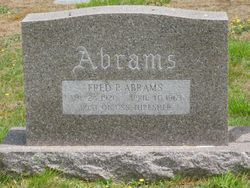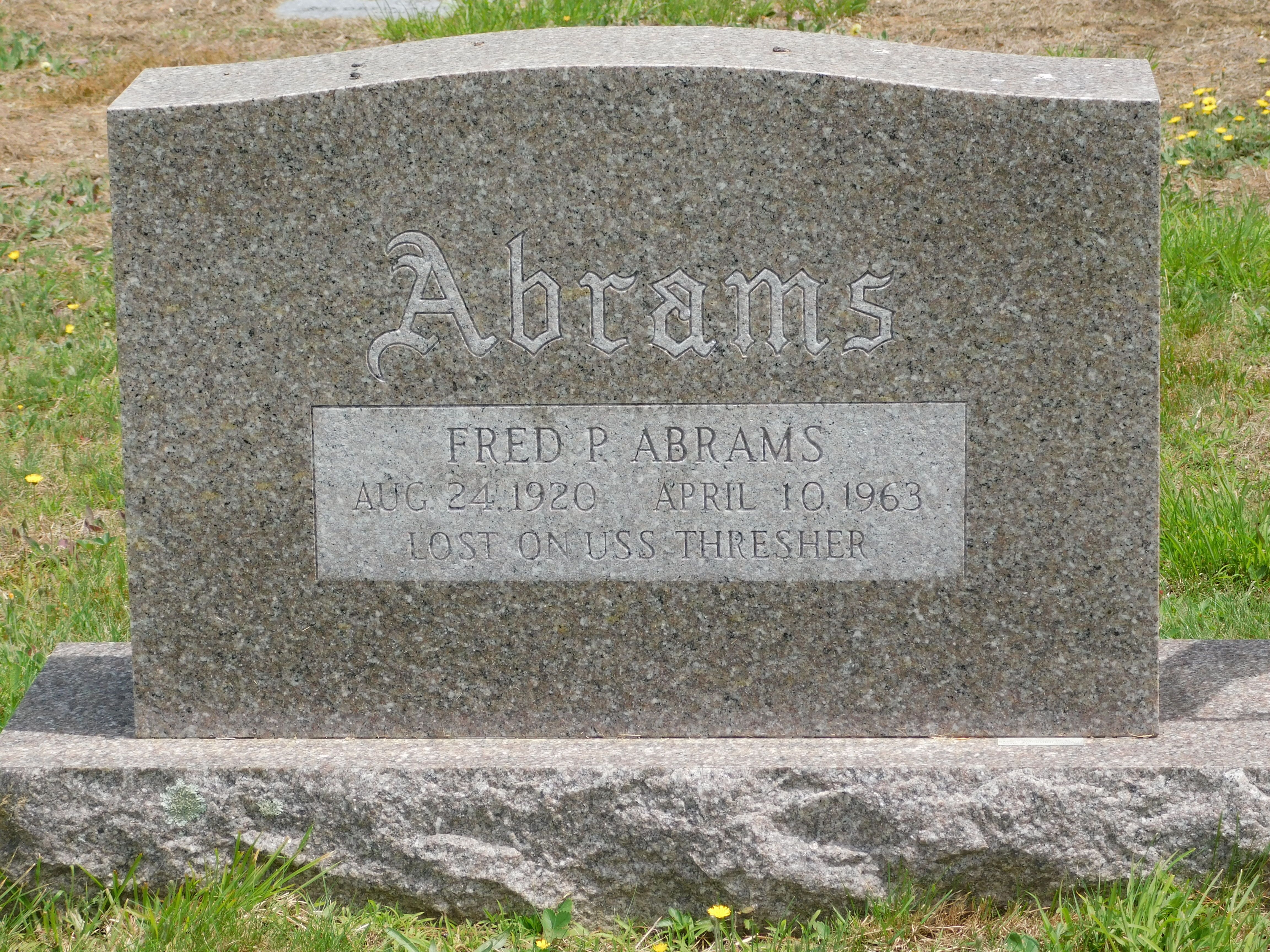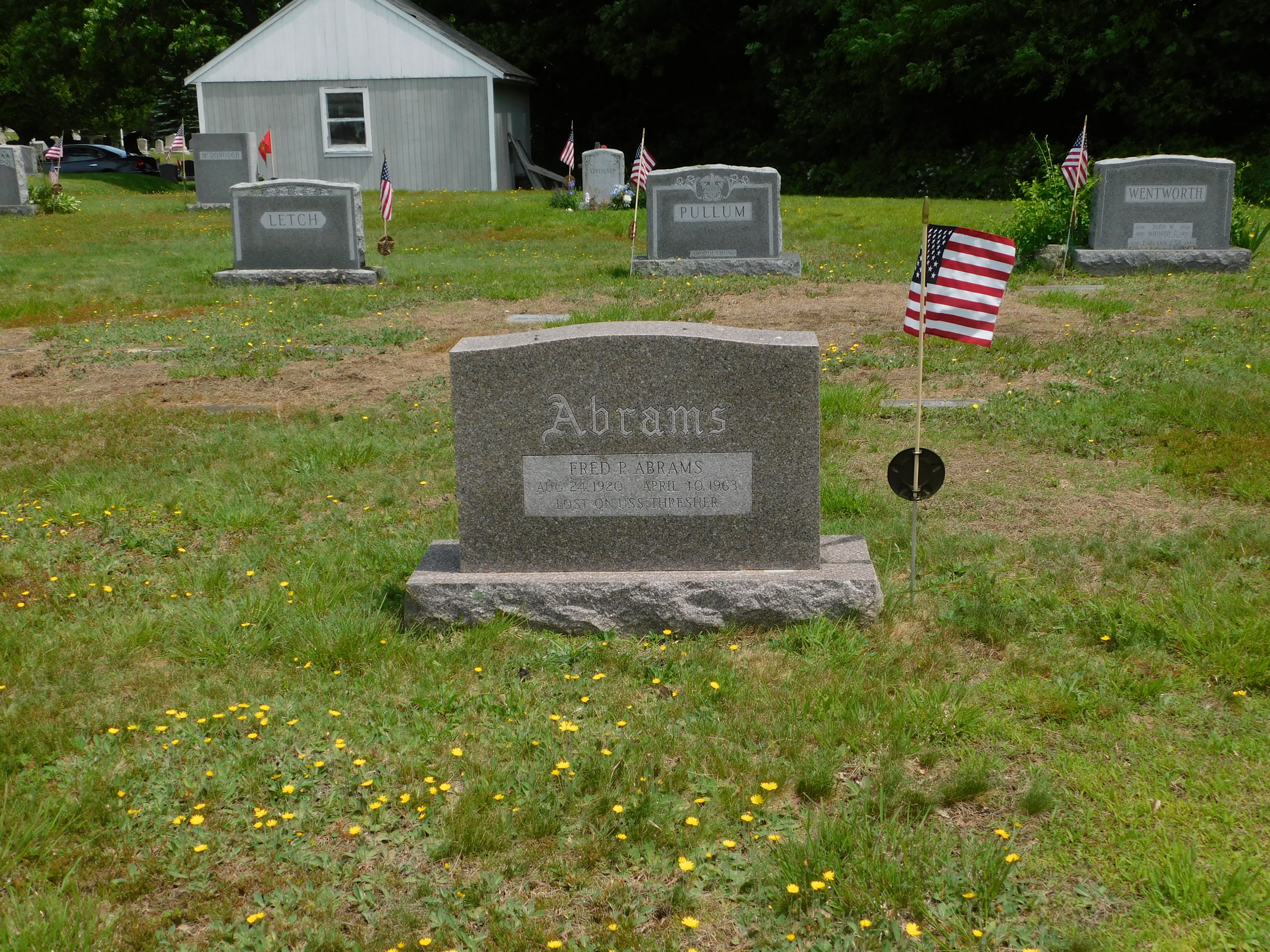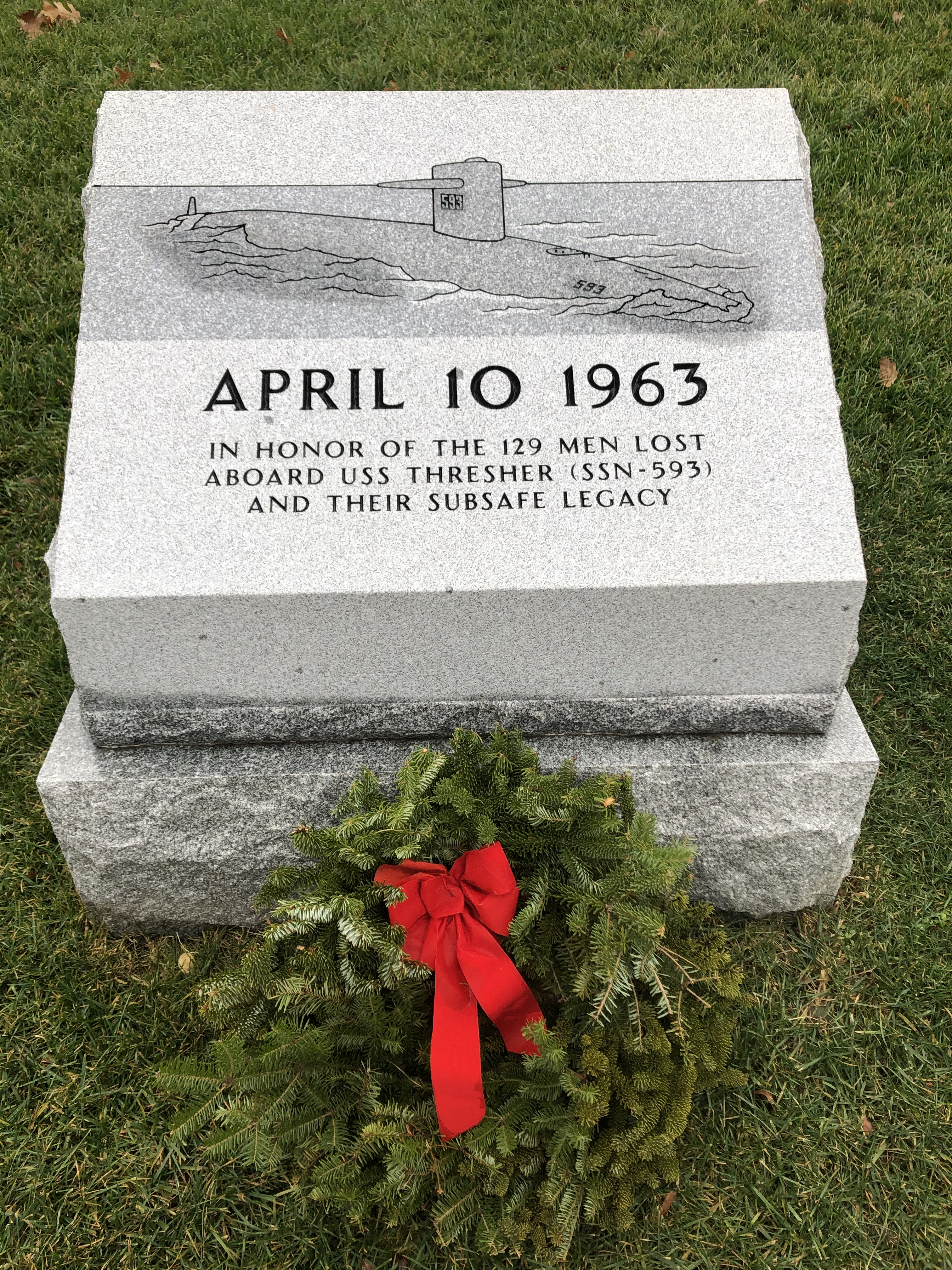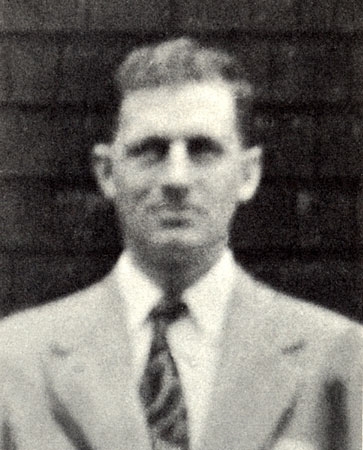The remains of the sub, broken up into six major sections, were eventually found scattered over a large area in more than eight thousand feet of water. After a thorough examination of photographs, objects recovered from the bottom, and records of the sub’s construction and maintenance, a Court of Inquiry concluded that THRESHER’s troubles likely began with the joints in her saltwater piping system, many of which had been brazed rather than welded. (Welding involves the heating to melting and direct joining of two pieces of metal, whereas brazing uses another material, one that melts at a lower temperature, to “glue” two pieces of metal together. In THRESHER’s case, a silver alloy was used as “glue.”) It has been theorized that at least one of those joints failed, permitting seawater to leak into the boat and short out an electrical panel which in turn triggered a scram, or shutdown, of the reactor. Without a means of propulsion, THRESHER, gaining weight as water flooded in through the failed joint, began to sink.
Fred was one of the Civilian Employees on board from the Production Department, Portsmouth Naval Shipyard.∼Rank/Rate Civilian Inspector, Portsmouth Naval Shipyard
Birth Date August 24, 1920
From Kittery, Maine
Decorations
Submarine USS Thresher (SSN-593)
Loss Date April 10, 1963
Location Approximately 300 miles off the coast of New England
Circumstances Most likely cause of the sinking was a failure in either a pipe, a pipe valve, or a hull weld, causing flooding near the engine room.∼Fred Philip Abrams was born in Kittery, Maine. He attended public school in Maine, and was graduated from Traip Academy in 1938.
During World War II, Fred served in the U. S. Army and was a member of the 360th Engineers General Service Regiment, serving in the European theater. He was honorably discharged on December 29, 1945, after completing 38 months of service. Fred earned the Army Unit Citation, Good Conduct Medal and Marksmanship Medal during his Army service.
He was employed by the U. S. Naval Shipyard at Portsmouth, N. H., as an inspector, ship's mechanical system, quality assurance branch of the Production Department. It was in this capacity that Fred was embarked in the Thresher when she was lost at sea.
He is survived by his wife, the former Shirley Astbury and two children; a daughter Carol, and a son , James. In addition, he leaves his father, Mr. Fred T. Abrams; a brother, Charles, both of Kittery, Maine; and a sister, Mrs. Ada Torrey of Newburyport, Mass.
ussthresher.com/roster/abramsf.htm
The remains of the sub, broken up into six major sections, were eventually found scattered over a large area in more than eight thousand feet of water. After a thorough examination of photographs, objects recovered from the bottom, and records of the sub’s construction and maintenance, a Court of Inquiry concluded that THRESHER’s troubles likely began with the joints in her saltwater piping system, many of which had been brazed rather than welded. (Welding involves the heating to melting and direct joining of two pieces of metal, whereas brazing uses another material, one that melts at a lower temperature, to “glue” two pieces of metal together. In THRESHER’s case, a silver alloy was used as “glue.”) It has been theorized that at least one of those joints failed, permitting seawater to leak into the boat and short out an electrical panel which in turn triggered a scram, or shutdown, of the reactor. Without a means of propulsion, THRESHER, gaining weight as water flooded in through the failed joint, began to sink.
Fred was one of the Civilian Employees on board from the Production Department, Portsmouth Naval Shipyard.∼Rank/Rate Civilian Inspector, Portsmouth Naval Shipyard
Birth Date August 24, 1920
From Kittery, Maine
Decorations
Submarine USS Thresher (SSN-593)
Loss Date April 10, 1963
Location Approximately 300 miles off the coast of New England
Circumstances Most likely cause of the sinking was a failure in either a pipe, a pipe valve, or a hull weld, causing flooding near the engine room.∼Fred Philip Abrams was born in Kittery, Maine. He attended public school in Maine, and was graduated from Traip Academy in 1938.
During World War II, Fred served in the U. S. Army and was a member of the 360th Engineers General Service Regiment, serving in the European theater. He was honorably discharged on December 29, 1945, after completing 38 months of service. Fred earned the Army Unit Citation, Good Conduct Medal and Marksmanship Medal during his Army service.
He was employed by the U. S. Naval Shipyard at Portsmouth, N. H., as an inspector, ship's mechanical system, quality assurance branch of the Production Department. It was in this capacity that Fred was embarked in the Thresher when she was lost at sea.
He is survived by his wife, the former Shirley Astbury and two children; a daughter Carol, and a son , James. In addition, he leaves his father, Mr. Fred T. Abrams; a brother, Charles, both of Kittery, Maine; and a sister, Mrs. Ada Torrey of Newburyport, Mass.
ussthresher.com/roster/abramsf.htm
Inscription
Lost on USS Thresher
Family Members
Sponsored by Ancestry
Advertisement
Advertisement
